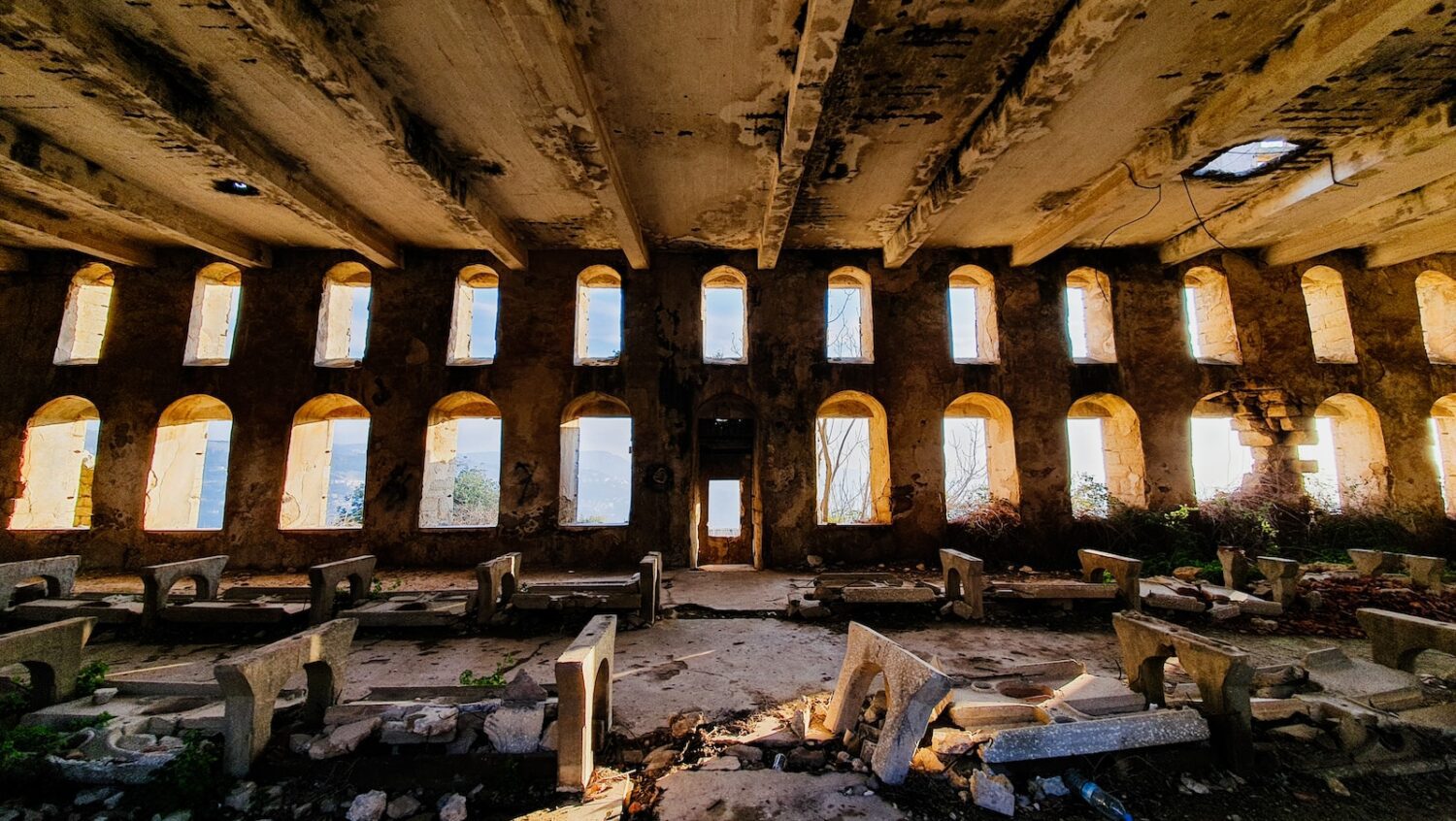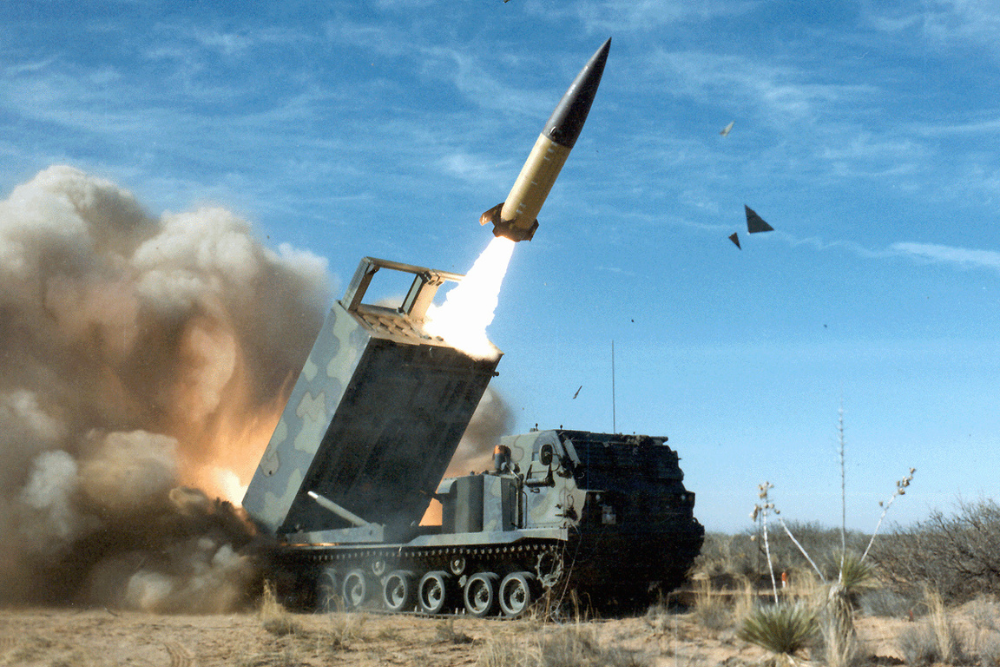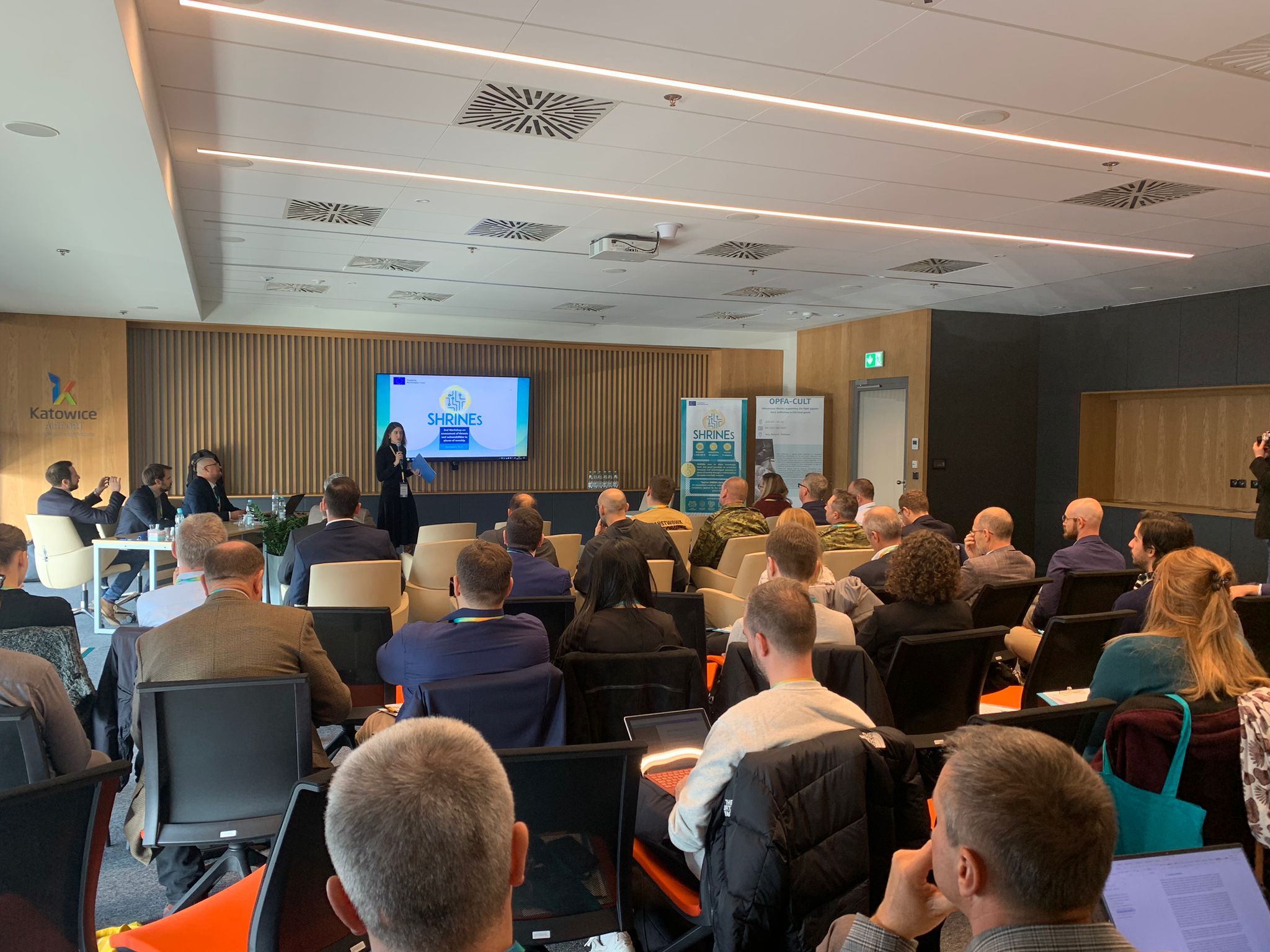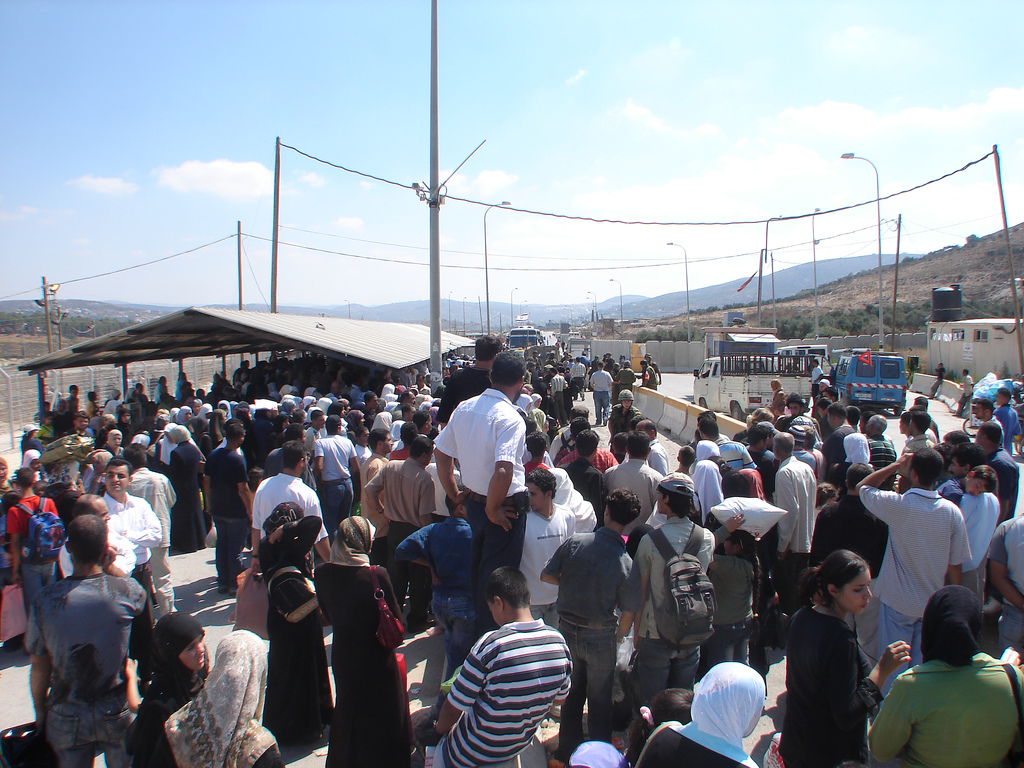As Hezbollah-backed protesters stormed the U.S. Embassy in Beirut in support of Hamas, Americans may not realize these two terrorist organizations (not acknowledged by the United Nations, which lavishes millions on them) have received hundreds of millions of dollars of U.S. financial aid in the last three years alone.
The sins of Hezbollah and its coterie of Lebanese bankers – including Bank of Lebanon governor Riad Salameh and Antoun Sehnaoui, chief executive of Société Générale Bank of Lebanon (SGBL) – have recently been exposed in courtrooms in both Lebanon and the United States.
Now Americans are relearning that their generosity has its own reward.
But there is a long global history of state-sponsored and private ‘terror financing’. And what is the end result?
Well, forty years ago this month, the then-newly formed Hezbollah inflicted the worst attack on the U.S. military since the Battle of Iwo Jima in 1945. A truck bomb exploded at a barracks in Beirut which killed 220 U.S. Marines and 21 other service personnel deployed in a multinational peacekeeping operation. A second truck bomb killed 58 French soldiers.
The Lebanese Shia Muslim clerics who originally established Hezbollah adopted the model set out by Iran’s Ayatollah Ruhollah Khomeini with the support of 1,500 Iranian Islamic Revolutionary Guard Corps instructors; Khomeini himself chose the name Hezbollah.
Hamas was later established by members of the Muslim Brotherhood among others in 1987 and shortly afterwards, asserted its own intention to wage a never-ending holy war against Israel.
For most of its existence, Hamas and Iran have been strong allies. Israel says Iran provides about $100 million a year in financial aid to Hamas; the U.S. State Department reports that Iran also provides Hamas with weapons and military training. Much more comes through U.S. dollars funnelled through the UN’s Relief and Works Agency.
After the Israeli government deported 418 Hamas operatives to Lebanon in 1992, it was Hezbollah who taught them there how to build and use suicide bombs.
With an extra $50 million a year from Iran, Hamas began conducting suicide bombings against Israeli targets.
Over time, Iran developed smuggling routes to supply Hamas with more advanced weaponry.
And just this month, Hamas launched its largest attack on Israel since the 1967 war.
As Israel responds, questions linger – Like why is Iran so focused on terrorist attacks on the U.S. and Israel?
And perhaps as importantly, how have organizations such as Hamas and Hezbollah, unabated continued to be the beneficiaries of a near systemic funnelling of money which has bared them fruit from both state sponsors such as Iran, and even from private organizations, charities and individuals, such as Riad Salameh and Antoun Sehnaoui?
Critics of U.S. policy often blame the Eisenhower Administration’s 1953 actions to oust Iran’s Prime Minister Mohammad Mosaddegh, a long-time political opponent of Reza Khan (later Reza Shah Pahlavi) as a catalyst to the practice of terror financing. The Shah ruled Iran for 26 years until Khomeini, who had been in exile, took power after student-led protests ousted him and installed Khomeini as Ayatollah.
Khomeini and his successor Ayatollah Ali Khamenei have long condemned the U.S. as “the great satan” and vowed to bring “death to America” and “death to Israel.” Khomeini’s hatred of the U.S. prompted his acolytes to seize the U.S. Embassy in Tehran in 1979 and hold 52 Americans hostage for 444 days.
In one infamous speech in 2015, Khamenei stated that Iran would not give up its support of “the oppressed people of Palestine, of Yemen, the Syrian and Iraqi governments, the oppressed people of Bahrain and sincere resistance fighters in Lebanon.”
A 2005 report by the Washington Institute chronicles Iran’s financing of Hezbollah’s campaign of terror and Hezbollah’s widespread criminal operations. Even two decades ago, Iran was providing up to $200 million a year in cash and weaponry.
Iran also funds Hezbollah through purportedly private charities and front organizations. Notably, the widely banned al-Aqsa International Foundation has funnelled millions of dollars and weapons to Hamas, al Qaeda, and Hezbollah.
As Assistant Secretary of State Anthony Wayne told Congress in 2003,
“If you are funding the organization, even if there are many charitable activities going on, there is some fungibility between funds. You are strengthening the organization”.
Sadly, even today, many have not learned this lesson.
Al-Qaeda and Hezbollah reportedly cooperate on money laundering and bank fraud – One notable case, recently unravelled by Lebanese prosecutors, targeted Salameh, Sehnaoui, and also four of Lebanon’s main exchangers for “money laundering crimes resulting from currency trading operations with the intent of exposure to the national currency.”
Michel Mecattaf’s transfer taxi company was charged with illegally laundering billions of dollars as part of the Salameh-Sehnaoui scheme that supported the bankers’ lavish lifestyles but also sent millions to Hezbollah.
Sehnaoui and SGBL are today the primary defendants in an ongoing U.S. lawsuit filed by the families of victims of Hezbollah terrorism in which plaintiffs allege collusion with Hezbollah by a dozen Lebanese banks.
Plaintiff attorneys may win this case, but the victims’ families may have to wait … and wait … before seeing a single dime.
For example, families of the victims of the 1983 Beirut barracks filed a lawsuit in 2010 – seven years after a federal judge ruled that Hezbollah’s attack was ordered by Iran – and three years after U.S. District Judge Royce Lamberth ordered Iran to pay them $2.65 billion.
In 2013, U.S. District Court Judge Katherine Forrest ruled to release $1.75 billion of Iranian funds, held in a New York Citibank account, to the victims. A year later, an appeals court upheld Judge Forrest’s ruling, and in 2016 so did the U.S. Supreme Court.
In March 2023, yet another federal judge ordered Bank Markazi, Iran’s central bank, and Clearstream Banking SA to pay out $1.68 billion to the long-suffering family members.
As they await their money, the U.S. government unfroze Iranian assets, instead of compensating these and other victims of Iran-backed terrorism.
Decades ago, counterterrorism export Matthew Levitt warned that
“Should the U.S. fail to adapt the culture of our law enforcement and intelligence community, to enact appropriate laws and procedures, and to commit the necessary resources and resolve, we will find the war on terror that much harder to fight, lasting that much longer in duration, and exacting that much higher and tragic a cost in human life.”
The assault this month by Hamas on innocent concert-goers and babies proves that Levitt’s warnings have gone largely unheeded.
Politicians and policy wonks have continued to pretend that those who have sworn blood oaths to destroy the U.S. and Israel never really meant it and have themselves lavished billions of dollars on terrorist groups in the vain hope that money can buy peace.
But the sad truth is that money given to terrorists from near innumerable sources only buys more weapons, more propaganda, more bloodshed, and much more war.














